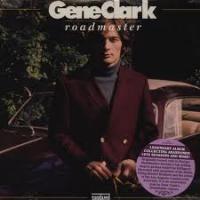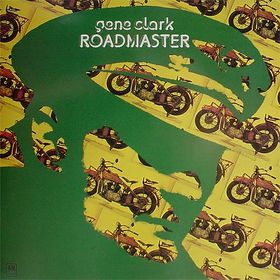1) Mercury Poisoning was a B-side song, not an album (instead of the '45, I prefer the more insistent version included on Live Sparks, the promo LP originally intended as a thank-you gift to Arista execs and for radio stations to keep the momentum going during the transition period).
2) A certain Mr. Hoffman has repeatedly said on his site that professional analog tape-stock masters don't (or haven't, if you prefer ... with a few notable exceptions) degraded over time and so should (by themselves) NOT be a contributing factor as to why a reissue should or should not sound better or worse than an original LP.
Apparently tape degradation is largely a myth --- he's listened to far more masters than I ever will --- but if anyone wishes to take that with a grain of salt given the re-master master's employment or any other perceived agenda so be it. Nevertheless the technical claim is interesting enough to be taken seriously IMO.
3) Thanks for continuing to write about Clark and exposing his music to us. This last point is not meant to be taken with less importance than the first two in the least.



 Finally in 2012 the American musical icon Gene Clark gets an American issue of the album thanks to Sundazed, with remastering by Sundazed's Bob Irwin from the original analog tapes, though the uncredited lacquer cut was probably from a high resolution digital file supplied by Irwin.
Finally in 2012 the American musical icon Gene Clark gets an American issue of the album thanks to Sundazed, with remastering by Sundazed's Bob Irwin from the original analog tapes, though the uncredited lacquer cut was probably from a high resolution digital file supplied by Irwin.


